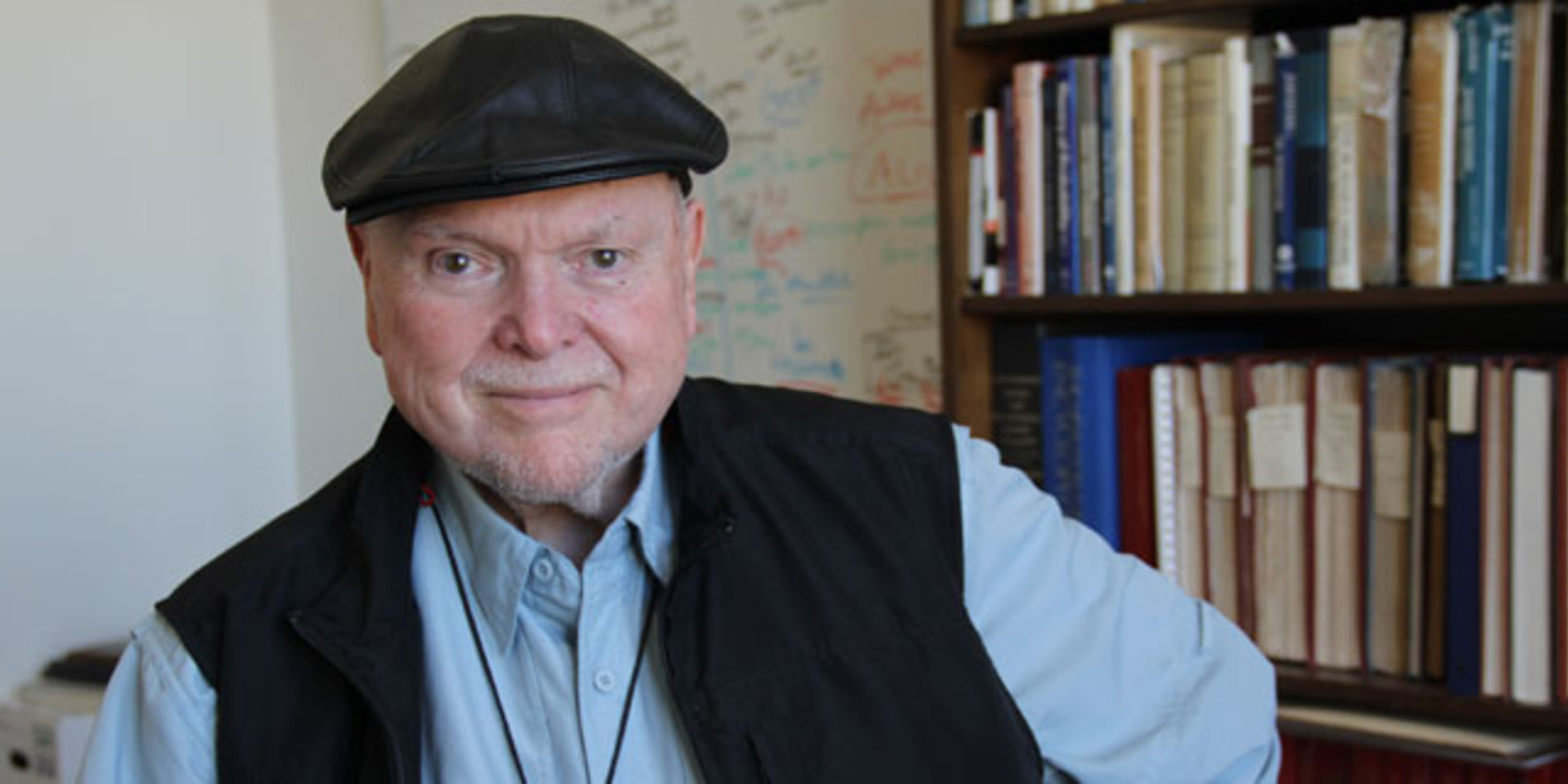Stanford Professor Ron Howard shares honors for pioneering ‘decision analysis’
Decisions can be difficult whether we make them as individuals or in boardrooms. But thanks to a Stanford Engineering professor’s landmark work, for the past 50 years people and companies have had a methodology for making tough choices. In 1964 Ronald A. Howard helped to pioneer a field that he named “decision analysis.” As a professor of what was called Engineering-Economic Systems but is now Management Science and Engineering, Howard trained others in this discipline as a member of the Stanford faculty.
The Society for Decision Professionals has honored Howard and Harvard University Professor Howard Raiffa by using their names in a newly-created award recognizing practitioners of the disciple they co-developed. On Nov. 8 the inaugural Raiffa-Howard Award for Organizational Decision Quality will be given to Chevron for adopting decision analysis across its organizational culture.
Through the years decision analysis has become a regular practice for many corporate leaders and has slowly percolated into the policy arena. Employees from more than 2,000 organizations – local, national and global – have been exposed to Howard’s teaching methodologies through the Stanford Center for Professional Development. Howard boils the field down to its essence.
“It’s all about being clear in your decisions or, as we say, pursuing clarity of action,” Howard said. “Clarity of action depends on clarity of thought. So first you have to get your thinking straight. Then you can talk about making choices. And that’s what decision analysis is all about.”
Professor Ron Howard helped to pioneer decision analysis, and now the Society for Decision Professionals has named an award after him and a colleague at Harvard. (Video: Vignesh Ramachandran)
This approach to decision-making has been adopted by companies in many industries, including oil and gas, life sciences, aerospace and medicine, according to Carl Spetzler, program director at the Stanford Strategic Decision and Risk Management certificate program and CEO of Strategic Decisions Group.
“Ron Howard gave us a practical way to make difficult and complex decisions by taking an engineering approach to the science of decision-making,” Spetzler said.
Though an engineer himself, Howard decided against naming the field decision engineering because that phrase suggested trying to force decisions to come out a certain way.
“You can’t rate the quality of the decision from the quality of the outcome that follows it,” Howard said.
Decision analysis is not always foolproof.
“We’re not saying we have the answers as a profession,” Howard said. “But once you turn the light on, at least you can see what the wrong ways to go are.”
Though the corporate world has embraced decision analysis, adoption has been slower in the policy arena. Howard says many policy decisions are made via what he nicknames PSAT, or people sitting around a table. While that’s not bad, he said that approach is subject to biases and problems of group dynamics such as people being reluctant to interject during discussions.
Howard continues to teach an introductory course at Stanford, as well as a course for applying decision analysis at the professional level. He leads research courses that delve deeper into the field. More than 80 Stanford students have earned PhD’s under Howard’s mentorship, spreading his influence throughout the world.
“Many of the people that he taught are teachers of others or leading practitioners in the field,” Spetzler said.
With an eye toward getting young people engaged with decision analysis at an early age, Howard and Spetzler both serve on the board of the Decision Education Foundation.
Howard says the key to insuring that decision analysis becomes more widely used in society comes down to one thing: will.
“I wrote in this paper 50 years ago that the ultimate limit to the usefulness of (decision analysis) is not something inherent in the technical aspects of it but the willingness of people to do it. And that’s still true today,” Howard said, adding, “As I say in class, the only things that will change your future life are the decisions that you make. Otherwise, you’re not the wind. You’re the leaf in the wind.”
The 50th anniversary gala event launching the Raiffa-Howard Award for Organizational Decision Quality will be hosted by the Decision Analysis Society, the Society of Decision Professionals and the Strategic Decisions Group.
Decision Analysis at 50: A Look Back, A Look Ahead 2014, covering the evolution of the decision analysis field and featuring Howard, will be a free webinar open to the public Nov. 19 and made available by the Stanford Center for Professional Development.
Media contact
Joyce A. Rice, Director of Marketing, Stanford Center for Professional Development, joyce.rice@stanford.edu 650-353-8055



